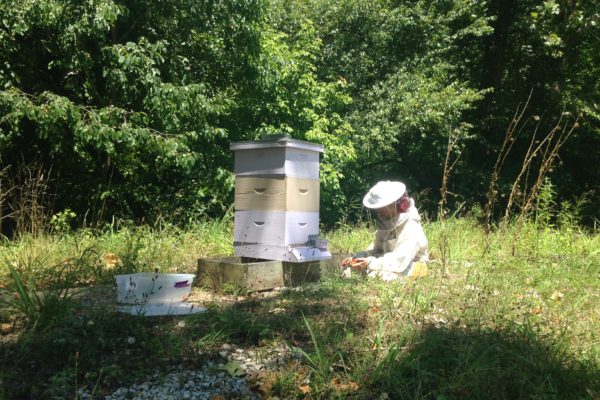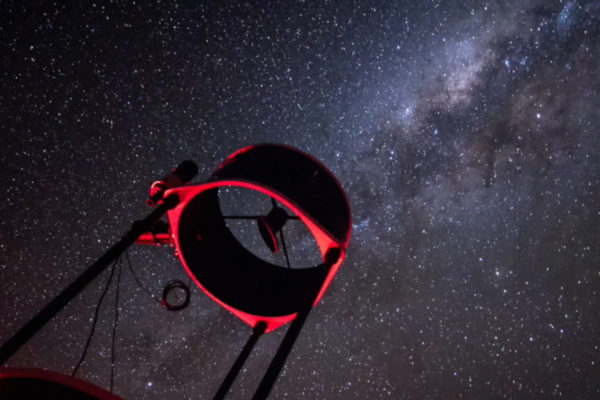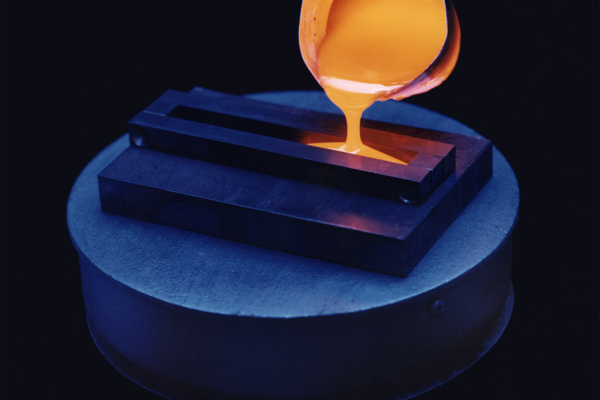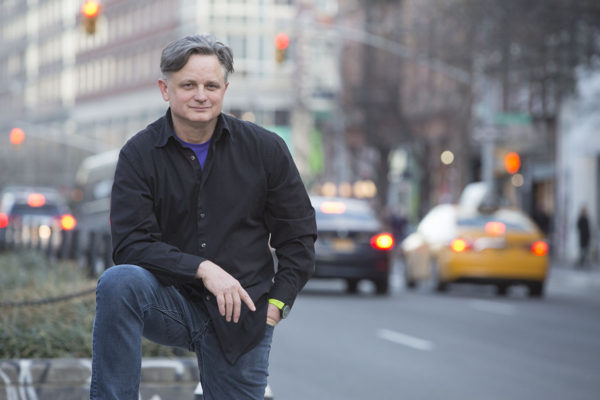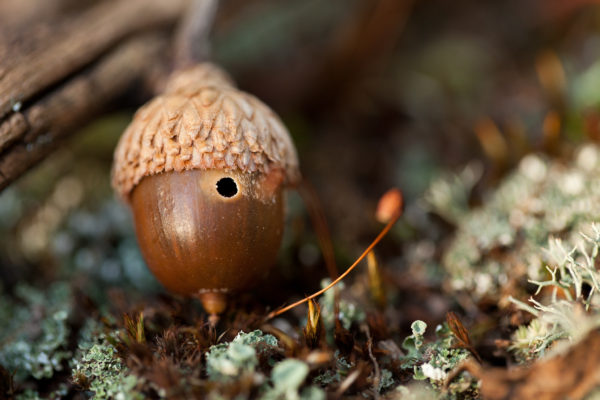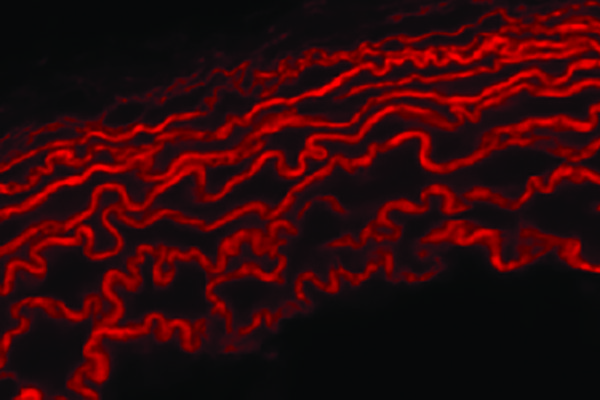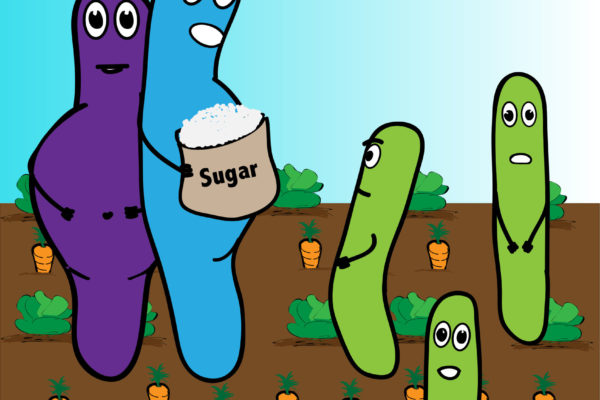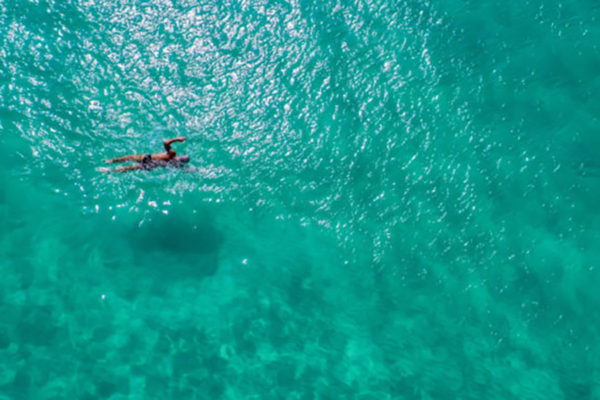Crank the AC, cut in-car pollution
After conducting a new research approach using actual commutes, a group of engineers at Washington University in St. Louis discovered a simple shift in driving habits can help to reduce exposure to pollutants while out on the road.
Neurogenetics for all
Sophisticated techniques for testing hypotheses about the brain by activating and silencing genes are currently available for only a handful of model organisms. Scientists at Washington University in St. Louis are working on a simplified toolkit that will allow scientists who study animal behavior to manipulate the genomes of many other animals with the hope of accelerating progress in our understanding of the brain.
The other total eclipse
New Horizons team members just pulled off “eclipse” observations of a body at the far outer reaches of the solar system, showing August eclipse tourists how it’s done.
Glass is weirder than you think
Changes in a liquid as it becomes a glass are related to repulsion between its atoms as they are crowded together. Although scientists have long believed the poorly understood glass transition must have atomic underpinnings, this is the first time they have been demonstrated experimentally.
Designing safer streets
Michael King, AB ’87, has worked in cities around the globe to improve street design. He’s a “traffic calmer,” making streets safer for pedestrians, cyclists and motorists.
Keep your distance
Why does biodiversity grade from exuberance at the equator through moderation at mid-latitudes toward monotony at higher ones? Data from an international network of long-term forest dynamics research sites is finally providing an answer.
Engineers examine chemo-mechanics of heart defect
Elastin and collagen serve as the body’s building blocks. Any genetic mutation short-circuiting their function can have a devastating, and often lethal, health impact. For the first time, new research led by engineers at Washington University in St. Louis takes a closer look at both genetic and mechanical attributes, to better understand a disorder that affects how elastin and collagen function.
Fat makes cells fat
Just as people endlessly calculate how to upsize or downsize, bacteria continually adjust their volume (their stuff) to fit inside their membrane (their space). But what limits their expansion? The answer will surprise you.
Legumes are fancy
Most organisms share the biosynthetic pathways for making crucial nutrients because it is is dangerous to tinker with them. But now a collaborative team of scientists has caught plants in the process of altering where and how cells make an essential amino acid.
Detecting diluteness
Engineers at Washington University in St. Louis and Princeton University developed a new way to dive into the cell’s tiniest and most important components. What they found inside membraneless organelles surprised them, and could lead to better understanding of fatal diseases such as cancer, Huntington’s and ALS.
Older Stories

